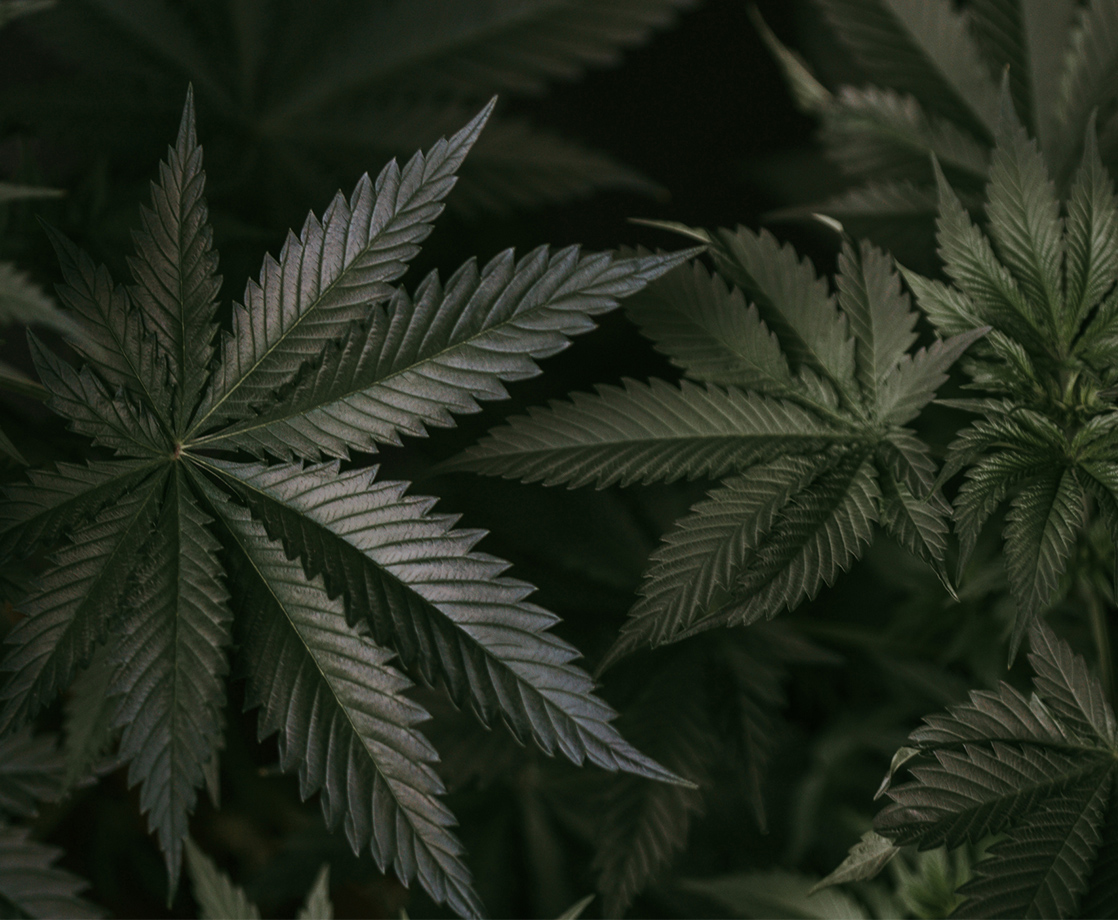Lead image via
The United States federal government is finally learning how to grow good weed, and it could have huge ripple effects for clinical cannabis research.
As state-legal cannabis laws have super-charged research efforts to study the once-controversial plant, federally-funded scientists have had their hands tied by cannabis’ Schedule I status. With weed still illegal at a national level, researchers have been made to rely on one single plot of DEA-approved, government-grown weed in a small field run by the University of Mississippi. The only problem? Since that program started, the government ganja site has become notorious for producing low-grade, moldy, ditch weed that no self-respecting cannabis user would actually consume.
Now, after years of complaints from cannabis researchers about the quality of the samples, the Mississippi cultivation team is taking those criticisms to heart. Now, the site will begin growing the government’s largest pot crop in half a decade, with a specific focus on high-potency THC and CBD varietals. At the end of the year, government officials estimate that they will have more than 4,400 pounds of research cannabis in a number of strains.
“We want to study what our patients are using,” University of Colorado Assistant Professor Emily Lindley told the Associated Press.
The National Institute on Drug Abuse (NIDA), the government agency that runs the Ole Miss pot plot, had said for the past few years that it was looking for applications from other potential grow sites to both increase the yield and quality of the federal research crop. That said, Drug Enforcement Agency officials have not yet made necessary approvals for any of the more than two dozen requests they have received.
“We are still working through the process and those applications remain under review,” DEA spokeswoman Katherine Pfaff said in a statement to the AP.
As for whether or not the Ole Miss cultivation team can actually follow through with its promise to ditch the ditch weed and grow a louder batch of research cannabis, we’ll have to wait a few months until harvest season to find out. If you believe the NIDA, though, US researchers should have access to high-potency cannabis by the end of the year.
Follow Zach Harris on Twitter











